Solutions Manual For Essentials Of International Economics 2nd Edition By Feenstra
$55.00
Solutions Manual For Essentials Of International Economics 2nd Edition By Feenstra
You will receive this product within 24 hours after placing the order
Overview
International agreements:
Trade,Labor, and the Environment
1 a. How is a customs union different from a free-trade area? Provide examples of each.
Answer: Members of a customs union impose a uniform tariff on countries outside the agreement unlike that of a free-trade area, where each country maintains its own separate import tax on nonmembers. Examples of a customs union and a free-trade area are the European Union and NAFTA, respectively.
11
b. Why do some economists prefer multilateral trade agreements to regional trade agreements?
Answer: Regional trade agreements may lead to trade diversion when a member country imports from another member with higher production costs rather than continuing to purchase the product from its former supplier that has a lower cost of production but is a nonmember. Unlike a regional trade agreement, a multilateral trade agreement has a larger membership such that the tariff reductions are enjoyed by more countries so that trade diversion may be avoided.
S-99
Figure 11-2 shows the tariff game among large countries.
Redraw the payoff matrix for a game between a large and small country.
Answer:
What is/are the Nash equilibrium/equilibria, assuming that the large country applies an optimal tariff?
Answer: There is a unique Nash equilibrium in which the large country applies a tariff and the small country does not. The large country applies an optimal tariff for a net welfare gain, whereas the small country does not apply a tariff because its optimal tariff is always zero.
What does your answer to (b) tell you about the role of the WTO in a situation like this?
Answer: The WTO has a more difficult job in this case because only the small country stands to gain by switching to the free-trade equilibrium (whereas the large country stands to lose). The WTO still has a role, though, by assembling groups of small countries that collectively act as a large country in international trade markets. A large group of small countries would provide a much more compelling reason for the large country to remove its tariffs because every party would then be escaping the prisoner’s dilemma outcome, as discussed in the chapter.
Consider the following variation of Table 11-1 for the U.S. semiconductor market.
U.S. Tariff
0% 10% 20%
From Canada, before NAFTA $46 $W $55.2
From Asia, before NAFTA $42 $X $Y
From Canada, after NAFTA $46 $Z $Z
From Asia, after NAFTA $42 $X $Y
From the United States $47 $47 $47
Fill in the values for W, X, Y, and Z.
Answer: W $50.6, X $46.20, Y $50.40, Z $46
Suppose that before NAFTA the United States had a 20% tariff on imported semiconductors. Which country supplied the U.S. market? Is it the lowest cost producer?
Answer: Before NAFTA, the least expensive option for U.S. consumers was the domestically produced semiconductor, even though the lowest cost producer (net-of-tariff) was Asia.
After NAFTA, who supplies the U.S. market? Has either trade creation or diversion occurred because of NAFTA? Explain.
Answer: After NAFTA, the least cost producer becomes Canada. Semiconductors from Canada now cost $46, which is less than the cost of producing domestically, $47. This is an example of trade creation.
Now suppose that before NAFTA, the United States had a 10% tariff on imported semiconductors. Then repeat parts (b) and (c).
Answer: If the United States had a 10% tariff, before NAFTA the United States would import semiconductors from Asia at a cost of $46.20. In this case, Asia is the lowest cost producer, so despite the tariff, the most efficient country is producing semiconductors. However, after NAFTA, the cost of importing semiconductors from Canada drops from $50.60 to $46, which means that the United States will stop importing from Asia (the lowest cost producers). This is an example of trade diversion.
In addition to the assumptions made in (d), consider the effect of an increase in high-technology investment in Canada due to NAFTA, allowing Canadian firms to develop better technology. As a result, three years after the initiation of NAFTA, Canadian firms can begin to sell their products to the United States for $46. What happens to the U.S. trade pattern three years after NAFTA? Has either trade creation or diversion occurred because of NAFTA? Explain.
Assume that Thailand and India are potential trading partners of China. Thailand is a member of ASEAN but India is not. Suppose the import price of textiles from India (PIndia) is 50 per unit under free trade and is subject to a 20% tariff. As of January 1, 2010, China and Thailand entered into the China-ASEAN free-trade area, eliminating tariffs on Thai imports. Use the following figure to answer these questions.
Before the China-ASEAN free-trade area, how much does China import from each trading partner? What is the import price? Calculate the tariff revenue.
Answer: China imports 10 units from Thailand and 50 units from India. The tariff-inclusive price is 60 and the net-of-tariff price is 50. The tariff revenue is 600.
After the China-ASEAN free-trade area, how much does China import from each trade partner? What is the import price? What is the total tariff revenue of China?
Answer: After the China-ASEAN free-trade agreement, the relevant supply curve for Thailand is SThai because it is able to sell to China duty-free. Without the tariff, imports from Thailand increase to 40 units with price remaining constant at PIndia + t. Price is unchanged because the rise in production results from increasing marginal costs as given along Thailand’s supply curve. Although China continues to import from India, the amount purchased has decreased to 20 units. The total tariff revenue of China is now 200.
Based on your answer to part (b), what is the impact of the China-ASEAN freetrade area on the welfare of China?
Answer: China is paying the same import price as before, but has lost the tariff revenue on the 30 units that it used to import from India and now imports from Thailand. In addition, it loses
the tariff revenue on the 10 units that it imported from Thailand all along, so the total loss is (a + b + c) = 400.Therefore, China is worse off due to this trade diversion.
What is the effect of the China-ASEAN free-trade area on the welfare of Thailand and India?
Answer: India is selling less, but because it still receives the same price as before (50 net of the tariff), we cannot calculate any loss. Thailand has a rise in producer surplus of the amount (a + b) due to selling more to China, so Thailand is better off. But the gain for Thailand of (a + b) is less than the loss of tariff revenue for China, which is (a + b + c).
As mentioned in the Headlines: China-ASEAN Treaty Threatens Indian Exporters, the China-ASEAN agreement may lead to a similar one between China and India. How would this affect China’s imports from each country? What would be the effect on welfare in China, Thailand, and India if such an agreement was signed?
Answer: If China and India sign a free-trade agreement, the relevant supply curves are SIndia and SThailand, which means trade diversion will be eliminated and production in Thailand will be restored to the pre-free-trade area levels, with China importing 10 units from Thailand. However, since the price in China is $50, total demand has grown to 70 units so now China imports 60 units from India. Welfare in China increases because consumer surplus has grown by the area (a + b + c + d + e) and tariff revenues only decrease by (d) so welfare has increased by (a + b +c + e).
Be the first to review “Solutions Manual For Essentials Of International Economics 2nd Edition By Feenstra” Cancel reply
Related products
Solution Manual
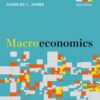

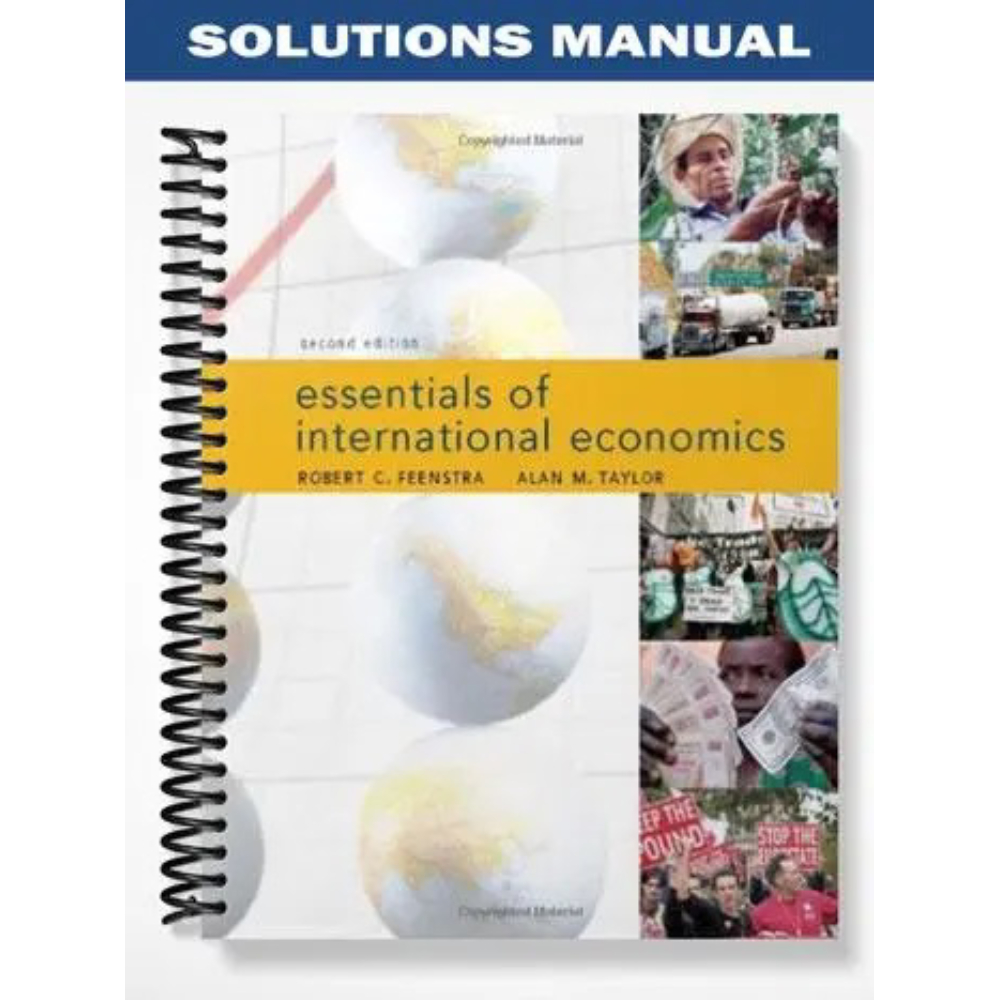

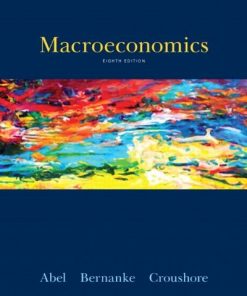
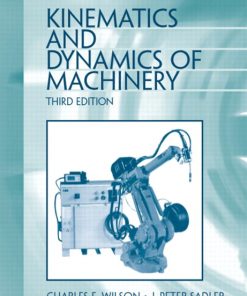
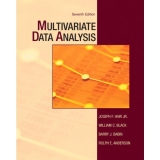

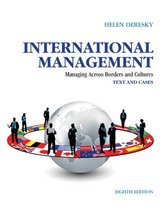


Reviews
There are no reviews yet.